MP3 | 128 kbps | 48.0 KHz | 2 channels | 12 lectures of 30 minutes | 3.79 GB
“By creating things as large as whole cities and as small as illuminated letters in hand-copied books, the Europeans of the Middle Ages crafted a still-visible, symbolic landscape that conveys a powerful, moving vision of humanity, its spiritual drama, and its place in the universe.”
In this video-only course, you learn to interpret and more deeply appreciate the art of the Middle Ages as Professors William R. Cook and Ronald B. Herzman explain the features of this landscape and explore the deeper meanings and lessons of the medieval experience.
The Eye of the Beholder: Teaching “From the Inside”
This approach allows you to perceive medieval art as it was thought of by those who originally created and viewed it, and allows you to develop a sympathetic appreciation of the achievements and concerns of this time in European civilization. The professors refer to this method of looking at art and history as teaching “from the inside,” and it is one of the themes of this course.
Professors Cook and Herzman have been traveling to Italy and studying the historical aspects of the art there for decades. Their team approach to teaching is successful both at their own State University of New York at Geneseo and abroad, and in Teaching Company courses including Dante’s Divine Comedy and St. Augustine’s Confessions.
At SUNY, Dr. Cook is a Distinguished Teaching Professor of History and Dr. Herzman is a Distinguished Teaching Professor of English. In 2003, Professors Cook and Herzman were presented with the Medieval Academy of America’s first-ever CARA Award for Excellence in Teaching Medieval Studies.
Through their commentary on the more than 150 color photographs and other illustrations you view in this course, you will discover the origins and purpose of medieval art, including paintings, statuary, and architecture. You will unlock the mysteries of familiar works of art as well as some you may never have seen before.
This analysis allows you to see something of the richness and variety of medieval accomplishments. The images and artifacts exemplify key aspects of medieval thought, aesthetics, and belief. To see this firsthand, you begin the course by considering representative monuments from the Middle Ages and from our own century side by side.
The Medieval Landscape
The first three lectures situate the Middle Ages by clearing away common misconceptions (they weren’t the “Dark Ages,” for instance) and explaining why the characteristic features of the medieval landscapeits monasteries, castles, churches, city gates, walls, bridges, and mixture of city and countrysideappear as they do at many sites in Europe.
You also establish a sense of place as a starting point by examining these characteristic medieval structures. These, as well as palaces and even hospitals and guildhalls, are more than piles of stones. In fact, they are texts that contain huge amounts of information about the people and societies that built them, if you know how to “read” them. They allow you to see some of the more striking differences between the medieval and modern worlds.
And that “reading knowledge”—whether you’re looking at something as large as King Louis IX’s planned city of Aigues-Mortes in southern France or as small as the illuminated letter “I” which begins the Book of Genesis in the Winchester Bible (c. 1175)—is precisely what Professors Cook and Herzman teach you.
What Is the Essence of Medieval Society and Culture?
From this geographical and architectural introduction to the Middle Ages, you move to a social analysis in Lectures 4 and 5.
* How was medieval society organized, in both social and economic terms, into “those who worked, those who fought, and those who prayed”?
* Why was the Church’s role so large?
* How do images of representative medieval rulers such as Charlemagne and Louis IX manifest the ideals and the reality of chivalry?
* What can we conclude from manuscript illuminations, sculpture, and other relevant images regarding medieval town and country life, religion, architecture, and the trades?
Lectures 6 through 8 cover the Bible and the pre-Christian classics of Greece and Rome, the two most important sources of medieval culture. Medieval people, as Professors Cook and Herzman note, were hardly naive about the differences between the biblical and classical traditions. On the contrary, medieval writers and artists thought hard about these differences, and aspired toward a dynamic, unified worldview that would allow them to account for both.
The lectures show in detail how the use of classical sources and images in medieval art, architecture, literature, and philosophy (by Dante and Thomas Aquinas, among others) illuminates the process by which the best minds of the Middle Ages sought both to preserve and to transform the classical heritage.
This section of the course focuses your attention on such media as stained glass, cathedral statuary, and painting to show not only how medievals understood the relationship between the classical and Christian worlds, but also how they understood the relationship between the two parts of the Christian Bible itself, the Old and New Testaments.
Time Past, Time Present, Time Always
In the Middle Ages, attitudes toward time were different. Why did medieval people conceive of both world history and human life as spanning seven ages? Why did they show scenes from ancient or biblical times in contemporary settings, with the characters in medieval dress? What does this tell us about how the Middle Ages related past to present and present to future? How do our own attitudes compare with theirs? Lecture 9 addresses these issues.
Lectures 10 and 11 focus your attention on medieval aesthetics and in particular on the relationship of surface appearance to inner significance in works of art. This tendency to look to deeper realities also helps to explain the centuries-long persistence of a shared language of symbolic identifications—an iconography—in medieval art. Important examples of this symbolic code that you consider include depictions of the lives of saints, which were a popular art form throughout the Middle Ages.
A Study in Contrasts and Time for Humor
In Lecture 12, Professors Cook and Herzman conclude with a reflection on the way in which medieval people used the play of contrasts and oppositions to organize their world: saved versus damned, sacred versus profane, serious versus comic, and so on. Your primary focus is on the Last Judgment tympanum of the monastic church at Conques in France, which contains many of these oppositions.
Understanding the aesthetic that emerges from these oppositions sheds light on medieval humor, which otherwise can often seem opaque and even shocking. In fact, understanding these humorous juxtapositions will help you read some of the great writers of medieval culture such as Dante.
A Broader Historic and Artistic View of the Medieval Landscape
Whether or not you plan on visiting any castles, cathedrals, museums, or other monuments of this era in Italy, France, or the British Isles—or even if you’ve already been there—this course broadens both your historic and artistic scope of medieval society and the medieval landscape.
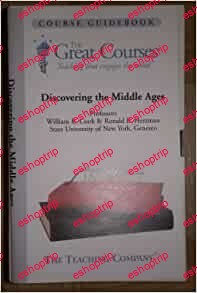

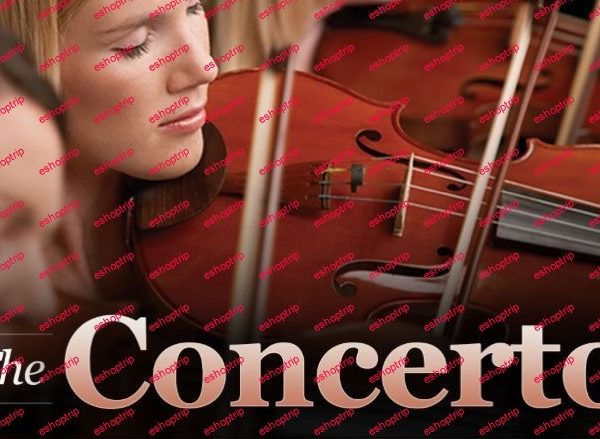
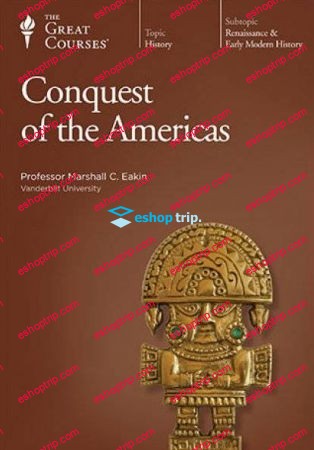
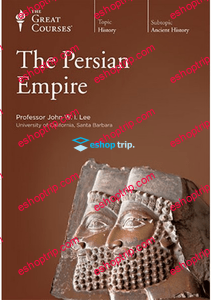
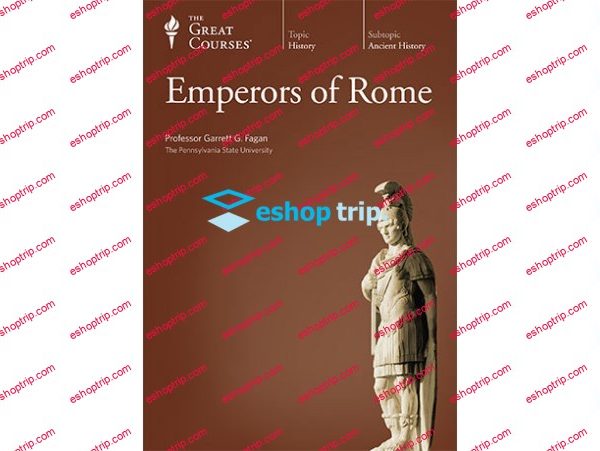
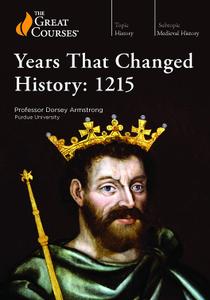
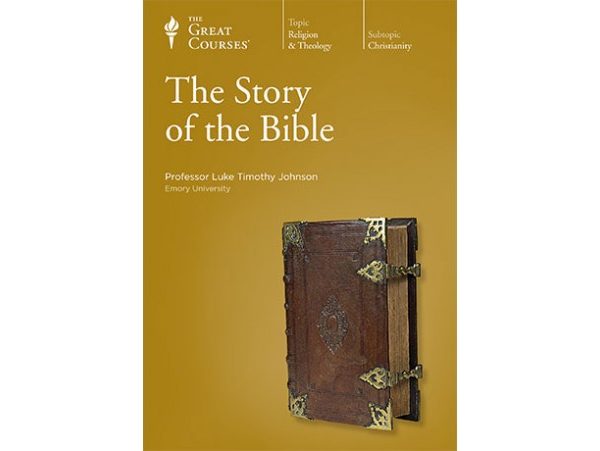
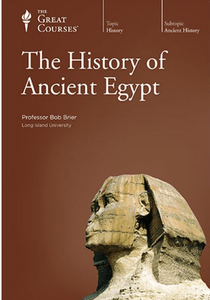
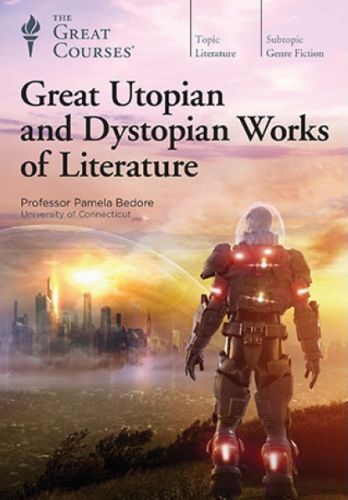
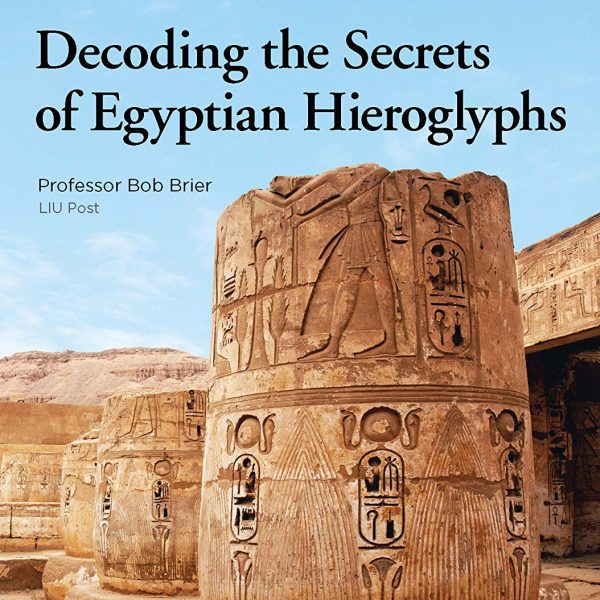
Reviews
There are no reviews yet.